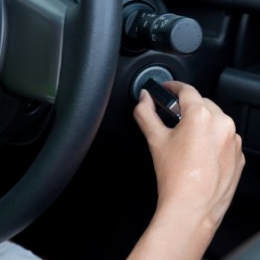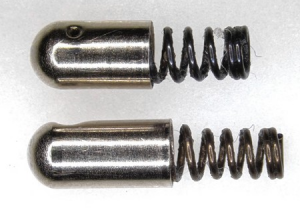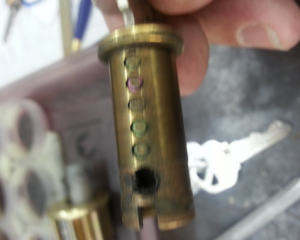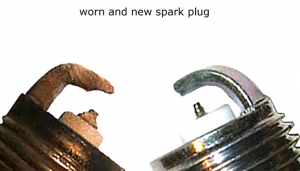The Process Of Rekeying A Car Door Lock
Car door locks are quite intimidating; with today’s anti-theft devices re-keying car door services are better off being done by professionals. Even though re-keying of car lock services are done perfectly by professionals, it’s possible to do it yourself provided that you are patient and careful apart from having proper tools.
If you own a car, a need will always arise regarding re-keying of car door locks. For example, if your keys get lost or get stolen, you must never take chances and duplicate a key. Its always risky having your key floating somewhere in an unknown location. Furthermore, the thief who stole the key might be around and may steal your car anytime using the copy of your car key.
It’s for the reasons mentioned above that you must train yourself on how to re-key your car locks.There are several steps necessary in re-keying car door locks. Below is The Process Of Rekeying A Car Door Lock:
Resources:
lakeoswegolocksmith.net
lowes.com
amazon.com
STEP 1- Removing the tumbler and the lock
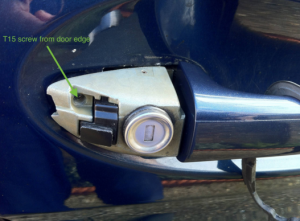 Begin by removing the car door lock as you work on removing the tumbler mechanism. You will find out that the tumblers that are inside are set in a similar pattern like the previous key that operated your car door lock. Does a readjustment on the tumblers so that they can be able to fit in a pattern of a different key so that the previous key can no longer open your car door lock
Begin by removing the car door lock as you work on removing the tumbler mechanism. You will find out that the tumblers that are inside are set in a similar pattern like the previous key that operated your car door lock. Does a readjustment on the tumblers so that they can be able to fit in a pattern of a different key so that the previous key can no longer open your car door lock
STEP 2- Replacing the pins
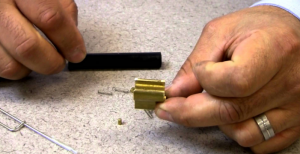 Replacement tumbler pins always come in sets. All pins differ in length and are on most occasions labeled using numbers. Put the new pins in the place where the old pins were. Make sure that the new pins do not extend further in comparison with the tumbler’s top. When re-keying more than a single car lock arrange the new pins in a similar order so as to use one key with each and of them
Replacement tumbler pins always come in sets. All pins differ in length and are on most occasions labeled using numbers. Put the new pins in the place where the old pins were. Make sure that the new pins do not extend further in comparison with the tumbler’s top. When re-keying more than a single car lock arrange the new pins in a similar order so as to use one key with each and of them
STEP 3- Marking your key blank in preparation for cutting
Insert the blank key inside the tumbler mechanism. Used a scribe or even a pen to mark the positions of all tumblers that are on the blade of the key-blank. These marks must indicate where the key requires to be cut
STEP 4- Cutting the new key
It’s important to use a dremel tool that has a cut off wheel so that you can be able to cut through the grooves of that key. If you cannot afford to have a dremel tool, use jeweler’s files when carefully cutting the grooves into the key-blank. Ensure that you check the fit often and you must be careful so that you do not cut below the marked lines. Patience must be observed when shaping precise instruments like keys
STEP 5- Testing your new key
After you cut the key, make sure that all the tumblers are perfectly flush with the outside edge of the tumbler plug that you are using. After everything is in place, test the new key. Reassemble the door lock mechanism as you try the new key. If you are lucky, the new key will perfectly work and you will have successfully completed the process of re-keying your car door lock. If for any reason the key fails to work, remove your car door lock and cut a new key again
STEP 6-Completion
After successfully making a new key that perfectly fits in the new lock tumbler configuration, adjust the tumblers that are on the other locks so that they can match with your key. Once the key opens all your door locks, reassemble the entire system because you will have re-keyed the whole car already. At this juncture, you should be in a position to take your latest key to any hardware around so that you can have several copies made from the original key that is less problematic in opening the new car door lock that has been configured
Tips
- – – You may need to lightly lubricate the locks when replacing the pins
- – – In order to prevent losing upper pins and springs from accidentally falling out, its important to work on high-contrast surfaces or over bowls/dishes that catch lock components whenever they fall out
The tools required when re-keying
- – * Pinning or re-keying set/kit of lock pins
- – * Cylinder follower
- – * Ring remover
- – * Plug follower
- – * Screwdriver
- – * Needle-nosed pliers or tweezers



